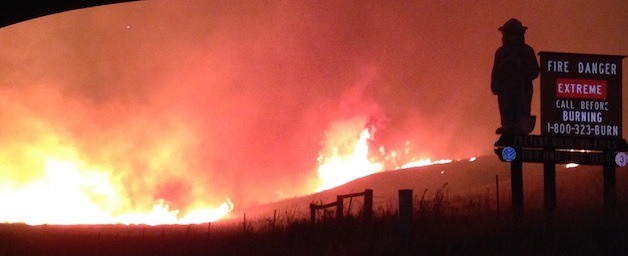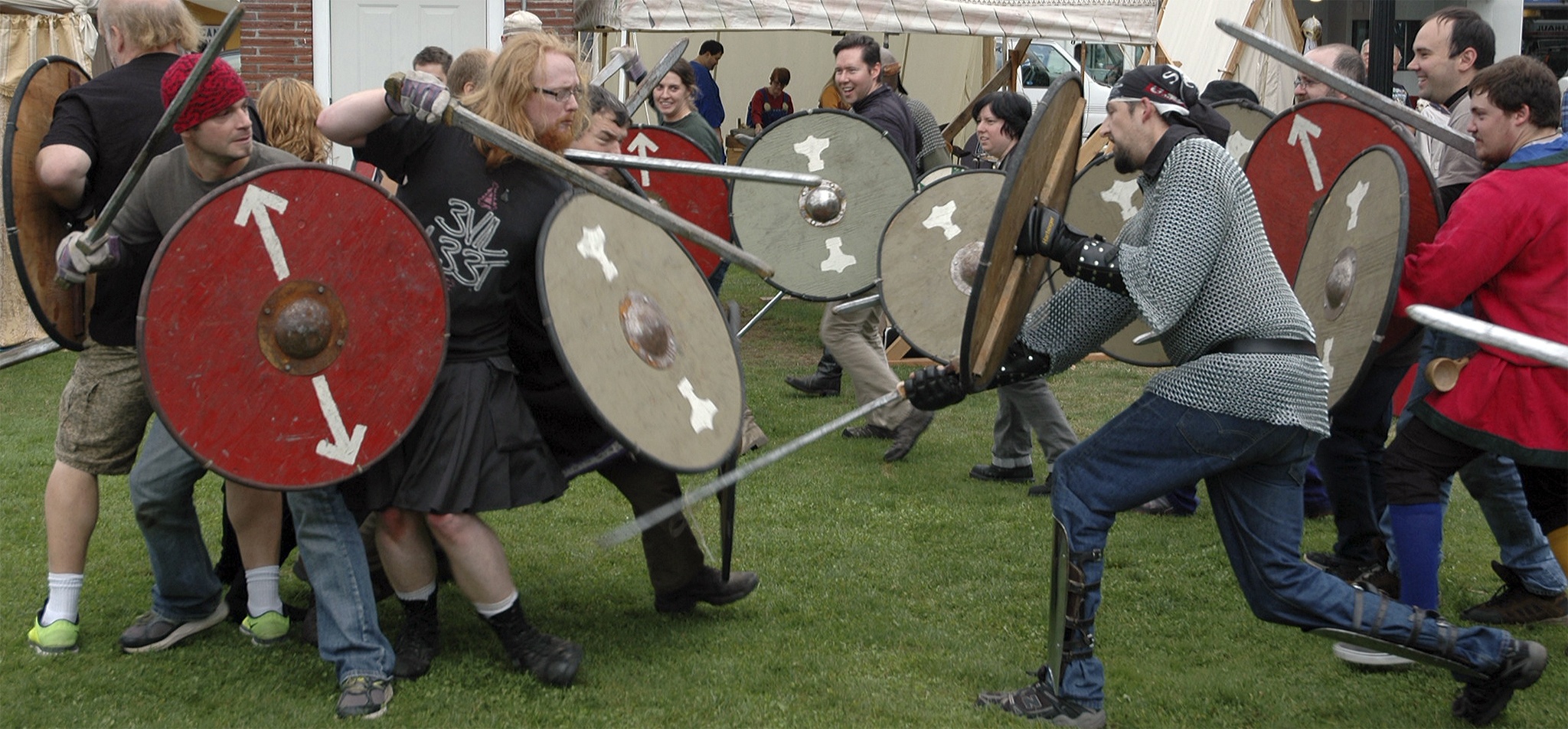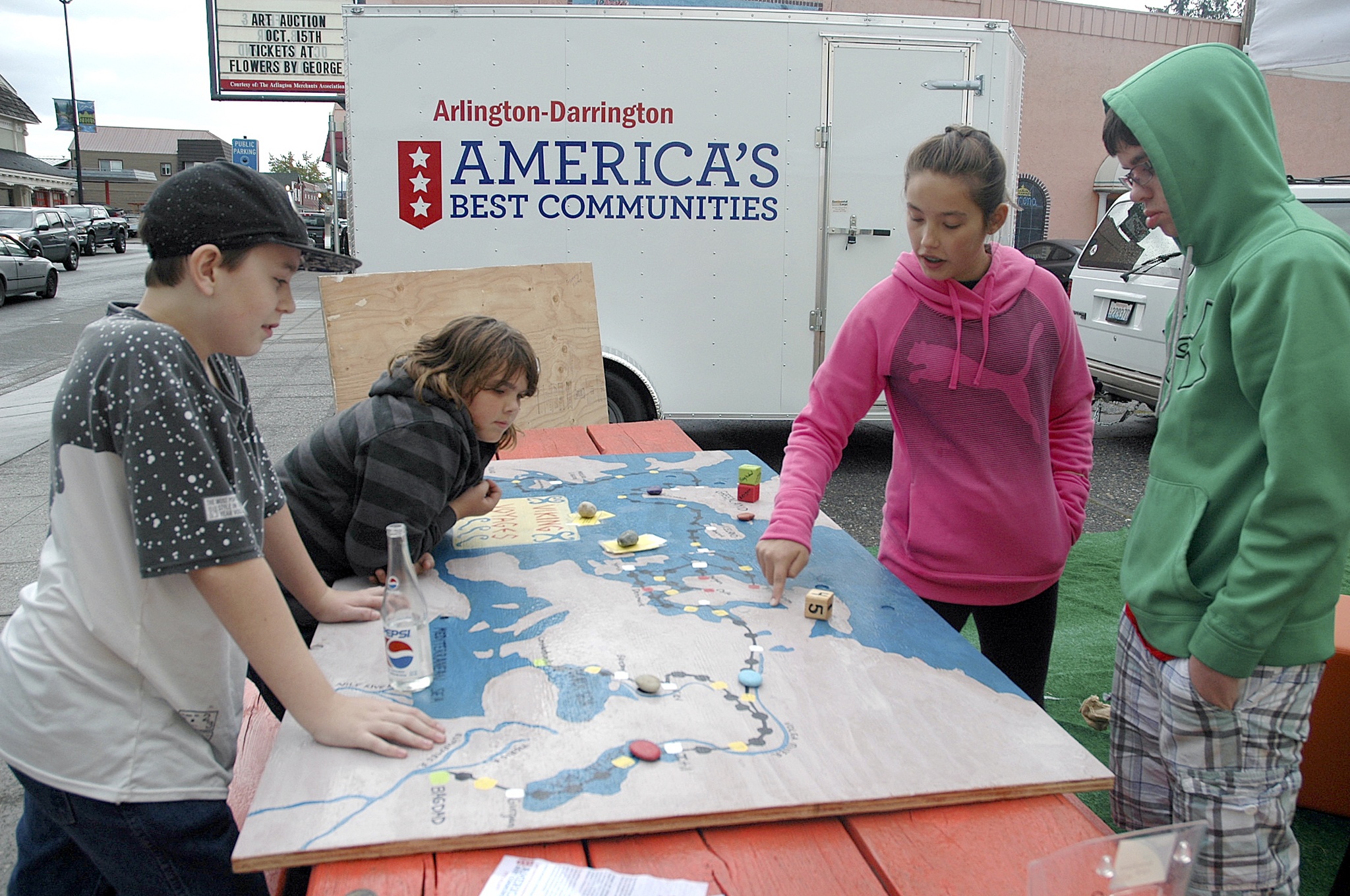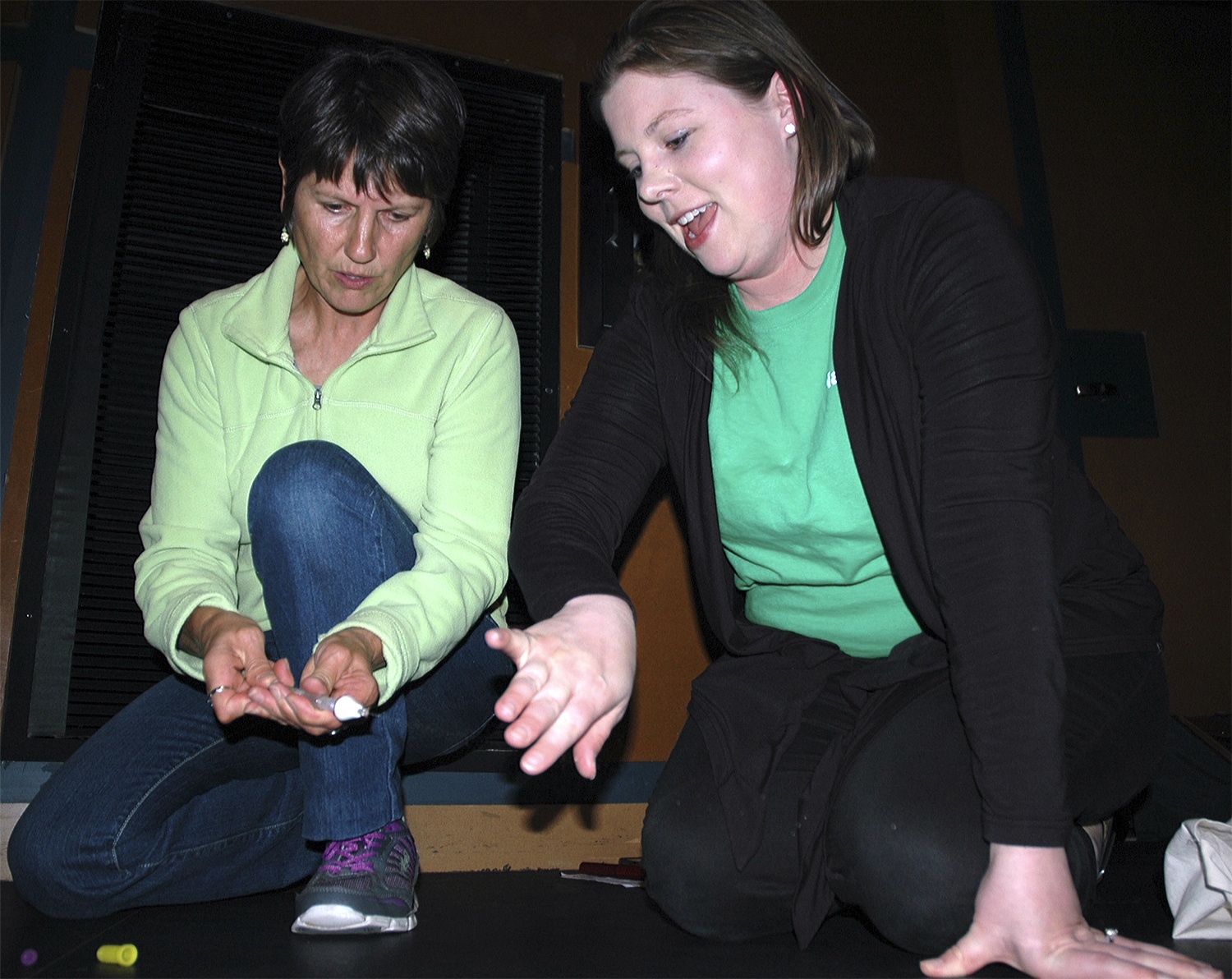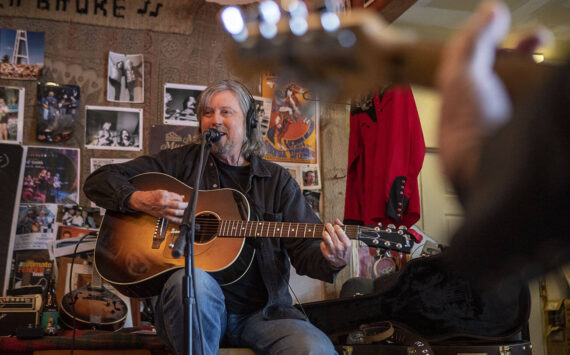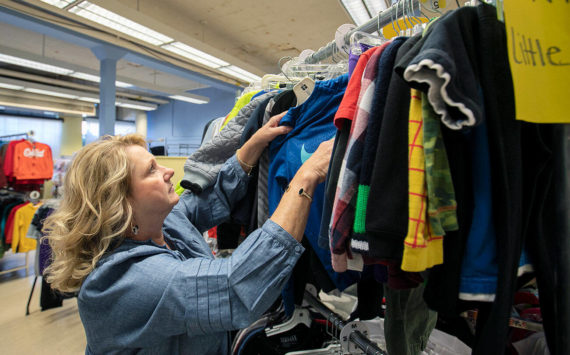ARLINGTON — Perhaps the Arlington firefighters’ most harrowing moments in Eastern Washington were when blazes cut across a highway, cutting them off in both directions for several hours, while their families back home heard that three responders had died in the Methow River Valley in Twisp.
“That was probably as intense as it got,” Arlington Fire Capt. Phil Knepper said. “We saw all these beautiful houses being torched, and we couldn’t do anything about it. We didn’t have any cell phone service, so we couldn’t let our families know that we were still alive. Greg Koontz was finally able to contact our wives.”
“What struck me is just the sheer size of it,” Arlington firefighter Craig Monson said. “At night, the sky would be filled with an ominous orange glow.”
“It’s not something that a structural firefighter would ever see,” Knepper agreed.
Knepper, Monson and fellow Arlington firefighter Matt Urtz were among those called to help from Aug. 14-22, until they were relieved by Arlington Fire Capt. Dave Kraski and firefighters Anna Trenouth and Adam Von Melville.
Monson will have served as a part-time firefighter for a full year this September, while Knepper has been in the fire service since 1994. Despite their disparity of time in service, they agreed that the 16- and even 24-hour days they did in Chelan, Okanogan and Omak were like nothing they’d ever experienced.
“When you’re dealing with structure or even vehicle fires, the fire tends to stay where it is,” said Knepper, who estimated that winds of as much as 50 miles per hour complicated their efforts. “When you hear people say that the fires were moving about a hundred miles a day, you should believe them.”
Knepper, Monson and Urtz resorted to back-burning as many as 60 acres to protect neighborhoods of close to 30 houses, pre-burning a bulldozed line to serve as a wall against the fire’s spread, and hoping that no sparks or embers would jump the line.
“We found out the fire did jump the bulldozer line, so we had to head over to an RV park at ten one night to stop its spread,” Knepper said. “There must have been two or three million dollars worth of RVs that would have been lost otherwise.”
Even the firefighters’ brief breaks brought news of new fires they needed to halt, as when a woman from Starbucks brought them donated coffee, then overheard the fire was spreading to another set of houses.
“She told us her house was there,” Knepper said. “It was about to go off. The fire singed her deck and did some damage to her siding, but we caught it in time.”
At one point, the firefighters resorted to placing commercial sprinkler systems in the path of the fires.
“The biggest challenge was the unpredictability,” Knepper said.
Ironically, that unpredictability remains one of the few constants of the still-blazing fires.
“I’m pretty sure some of those fires will be burning until the snow comes,” Knepper said. “In Okanogan and Chelan, it was at least fightable. How do you deal with fires that are burning vertically up canyon walls? We were the first crew to be called out to that area from Arlington in nearly 20 years, so it was a steep learning curve. Fortunately, we had a really good strike team to work with, and Scott Coulson was a great leader.”
Another much-needed benefit was the presence of several responders with whom the Arlington firefighters had worked in the wake of last year’s Oso slide.
“So many of those guys had come out here to help us out that it felt nice to reciprocate,” Knepper said.
“The amount of gratitude that everyone showed us was very humbling,” Monson said.
Knepper added: “We got so many hugs, it felt like a family reunion.”
